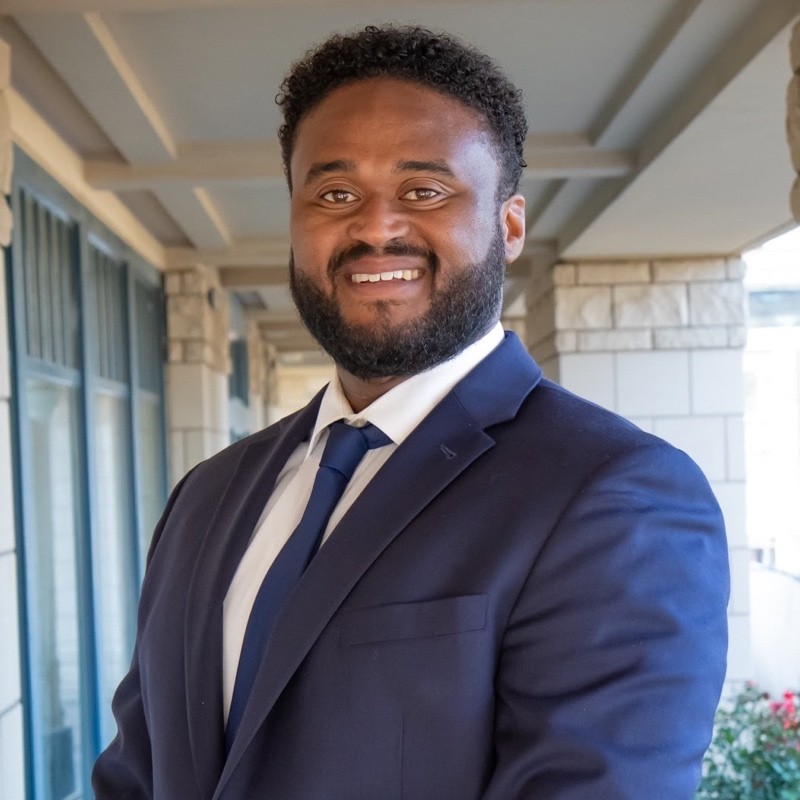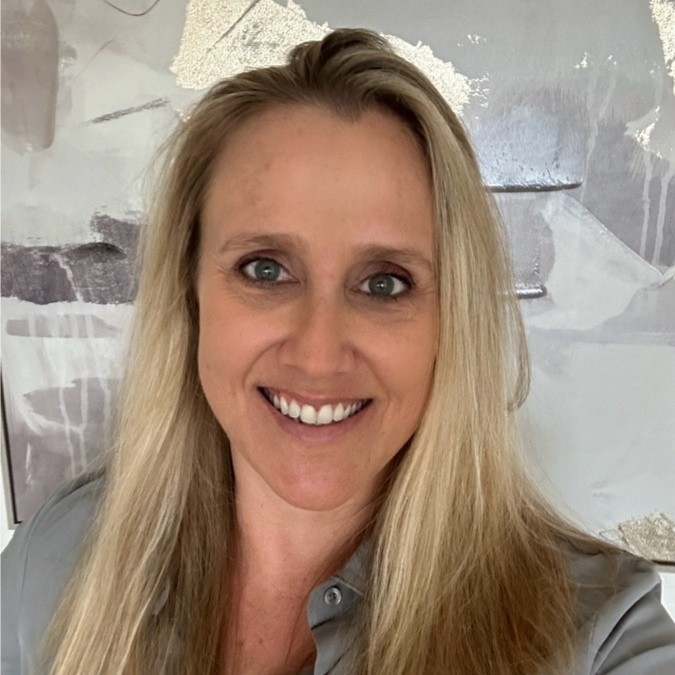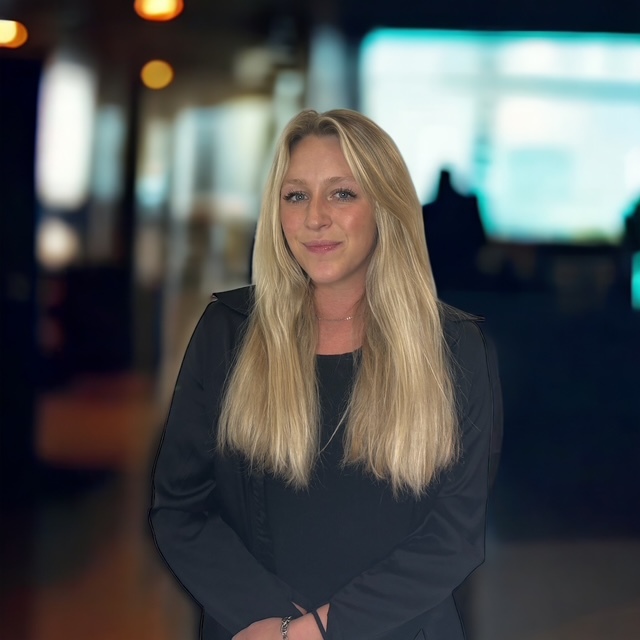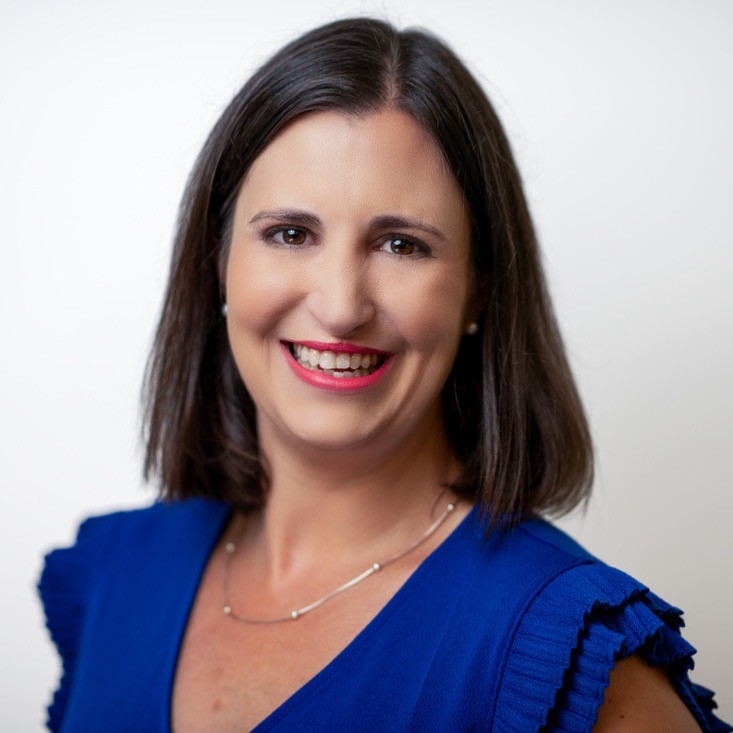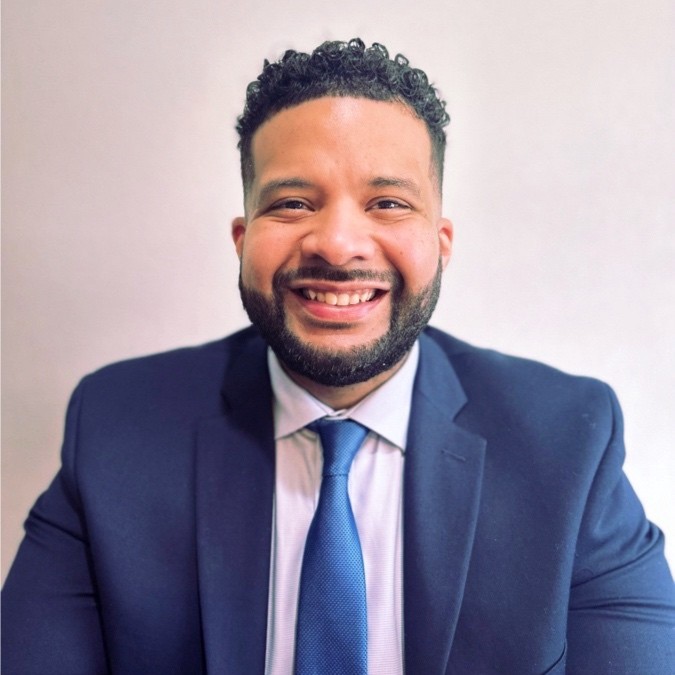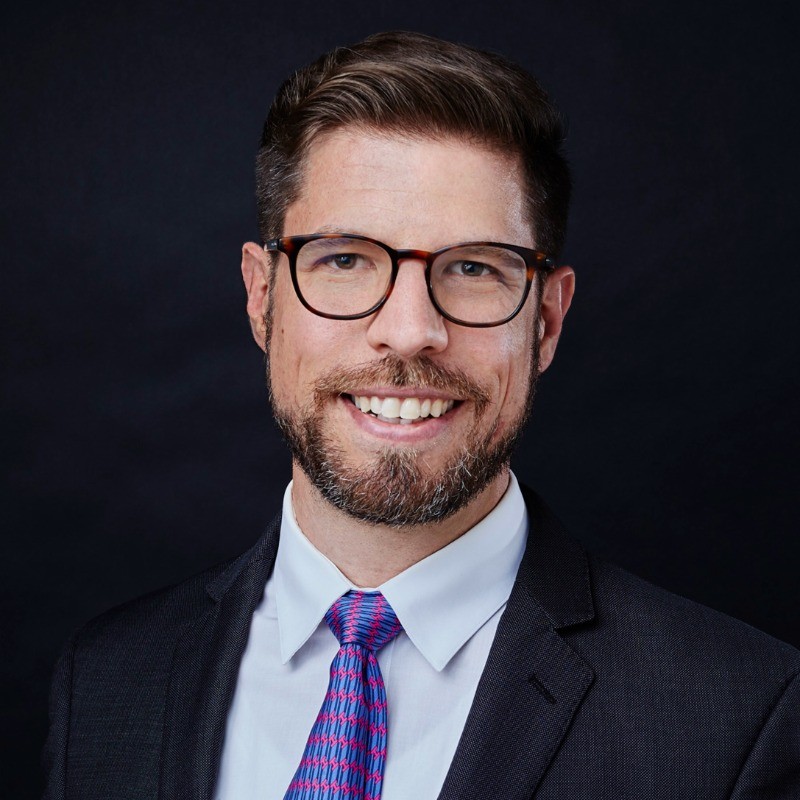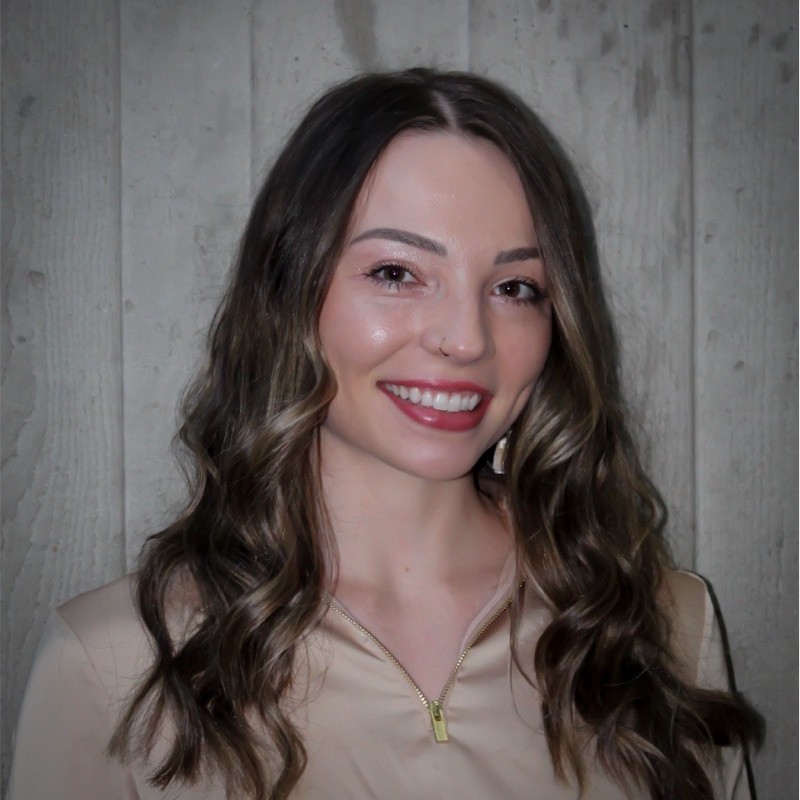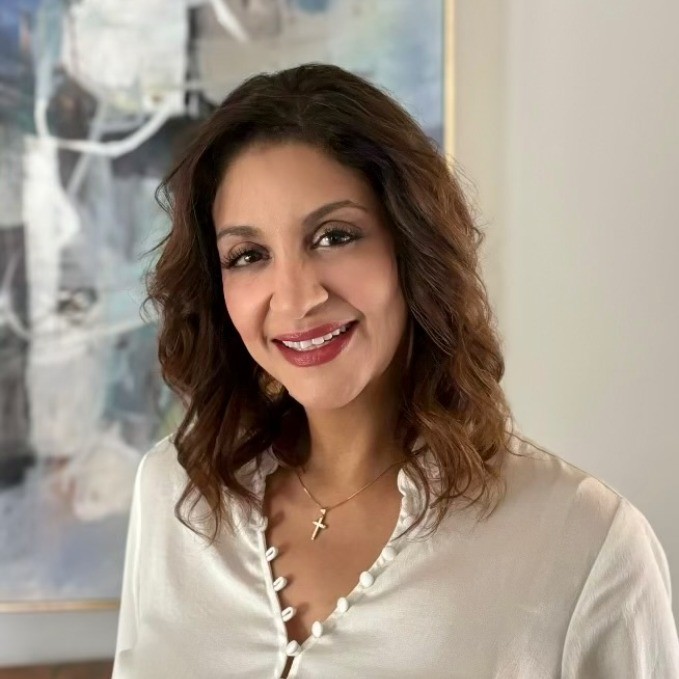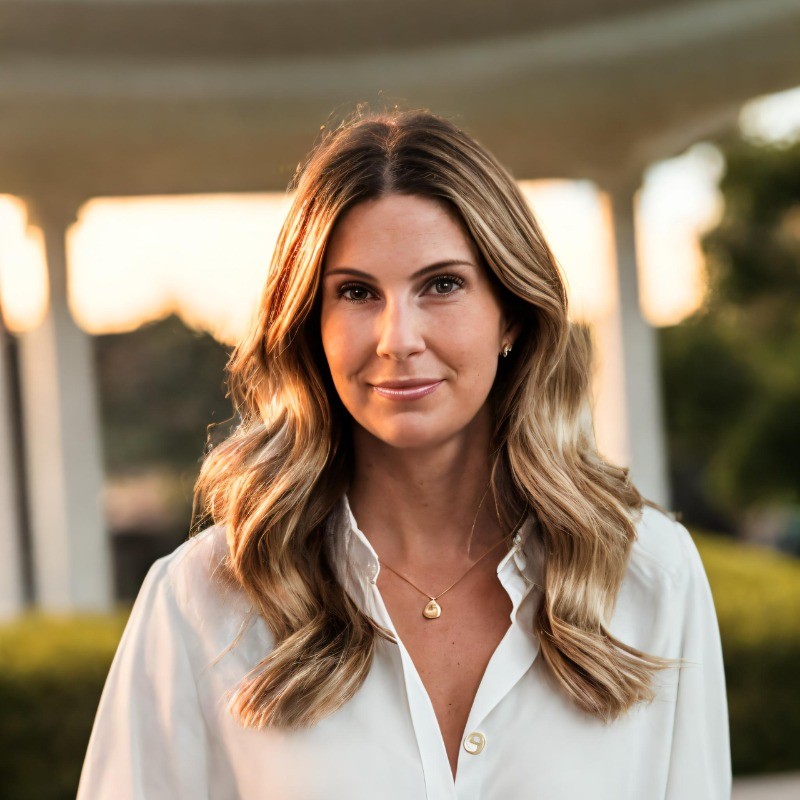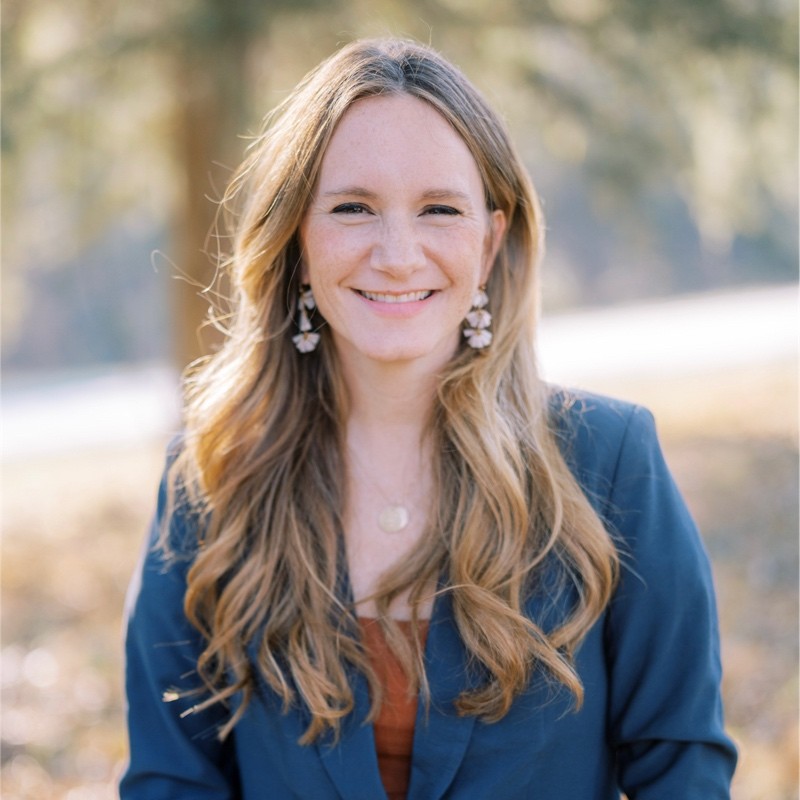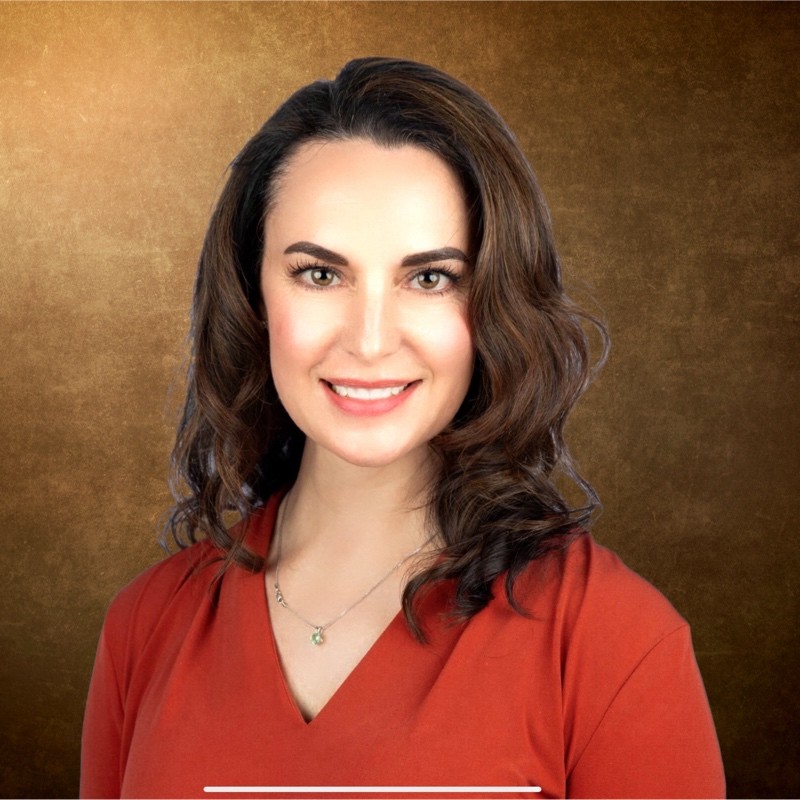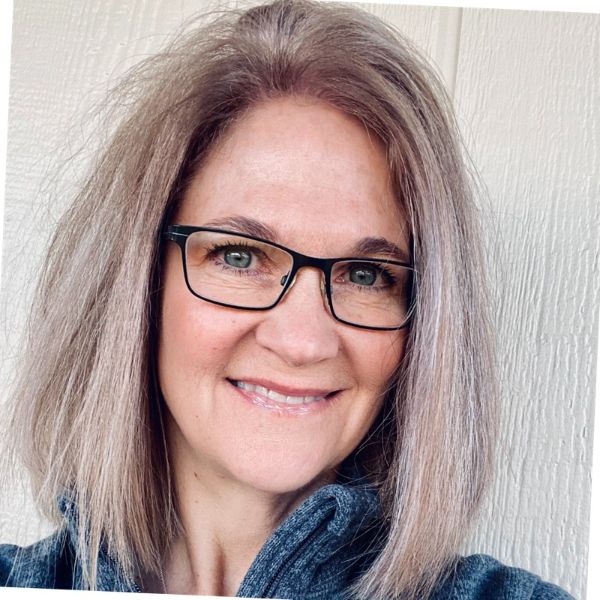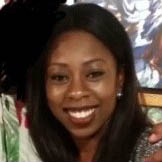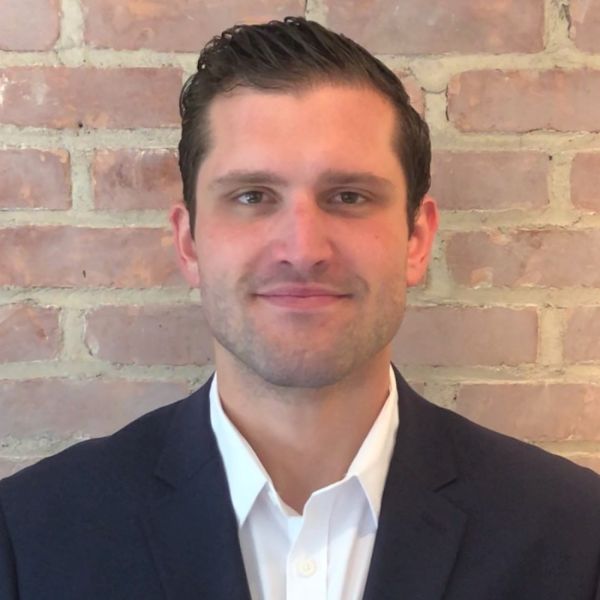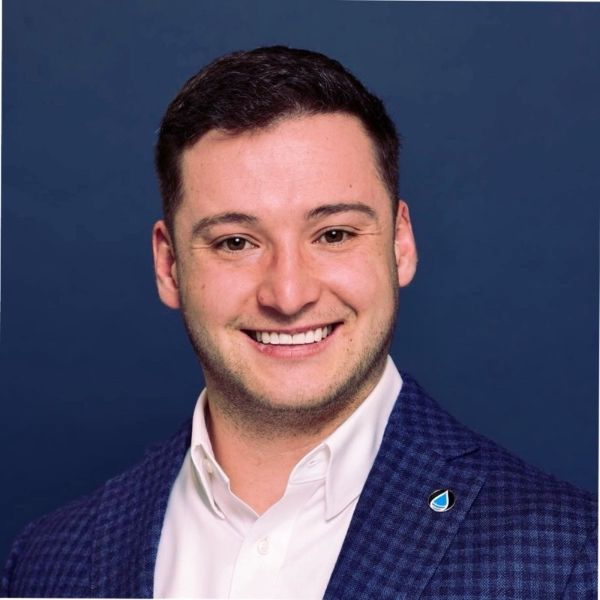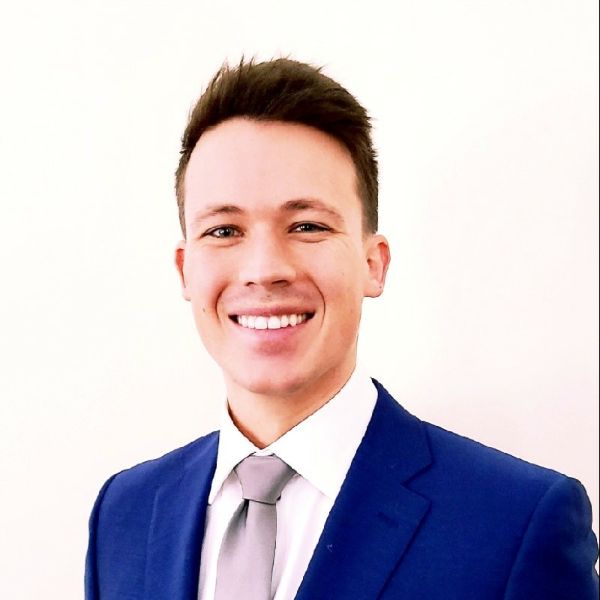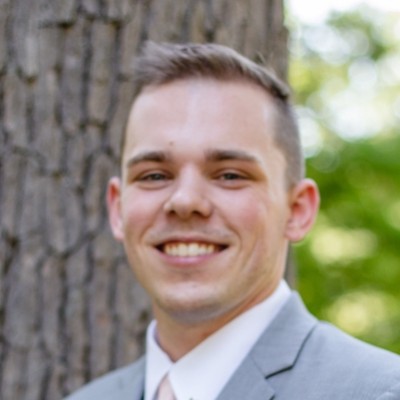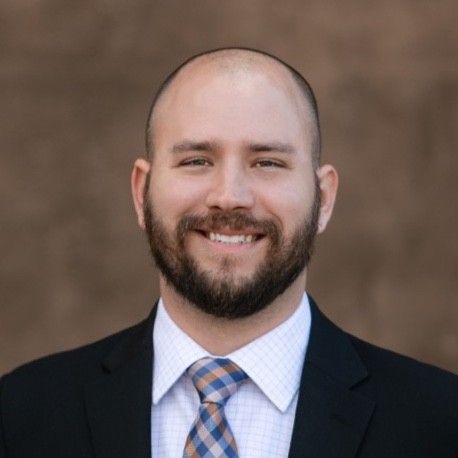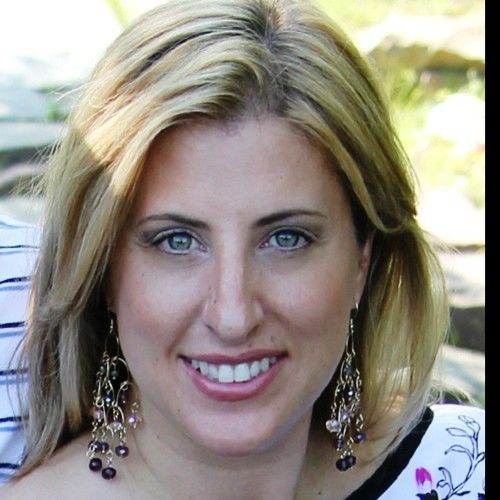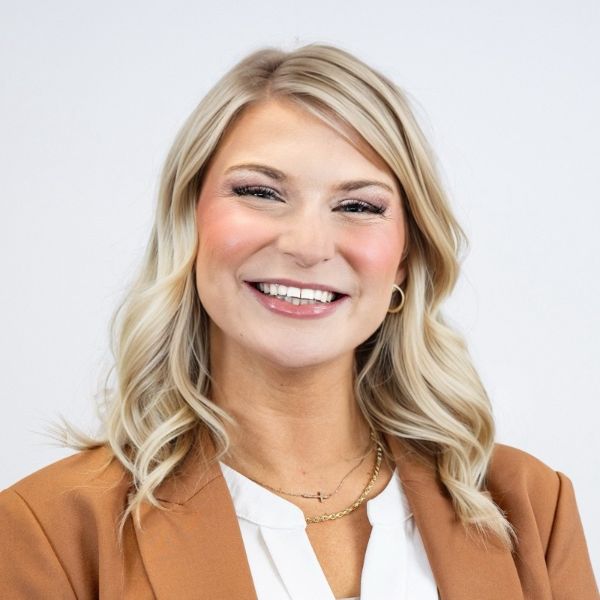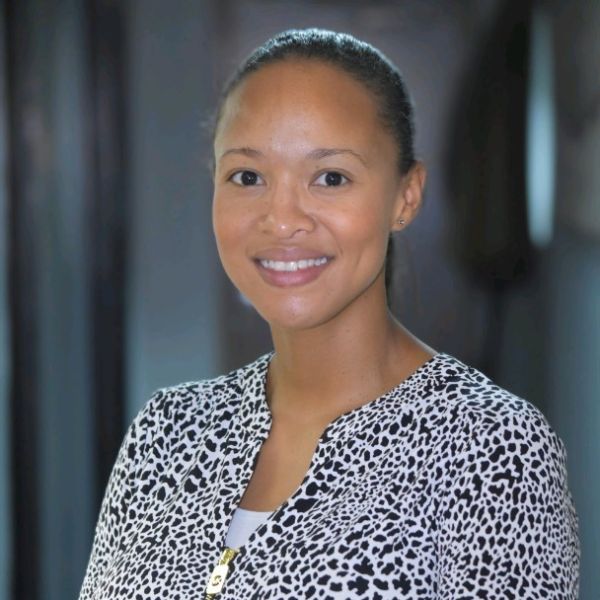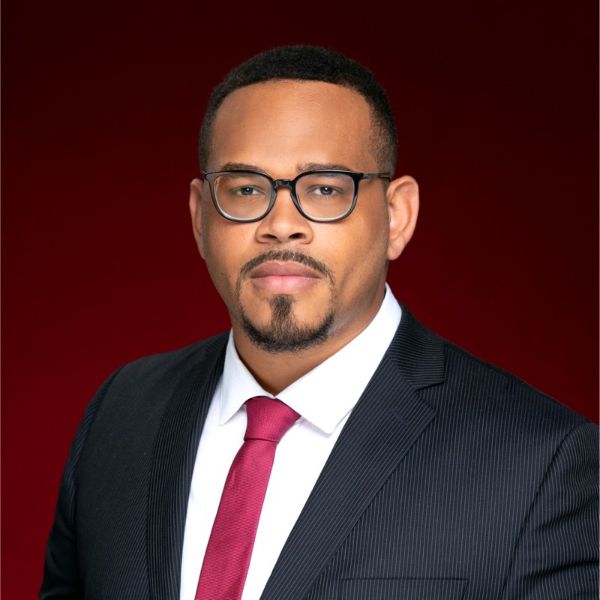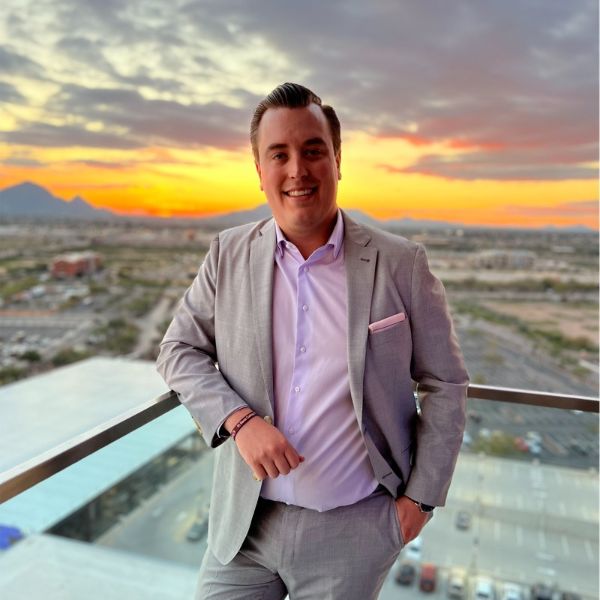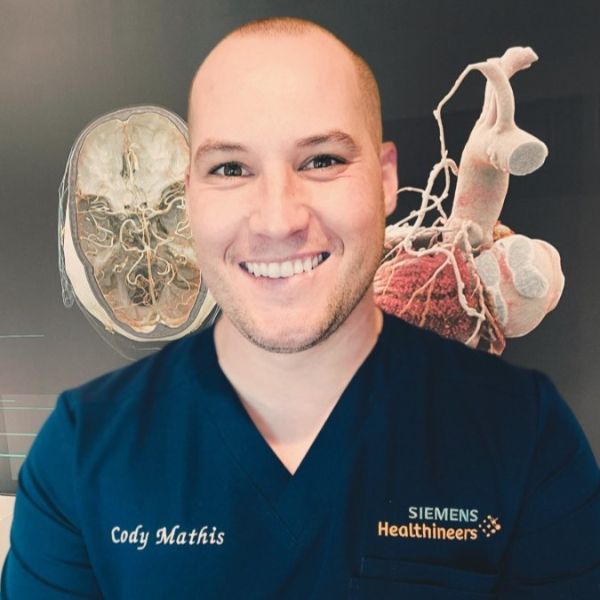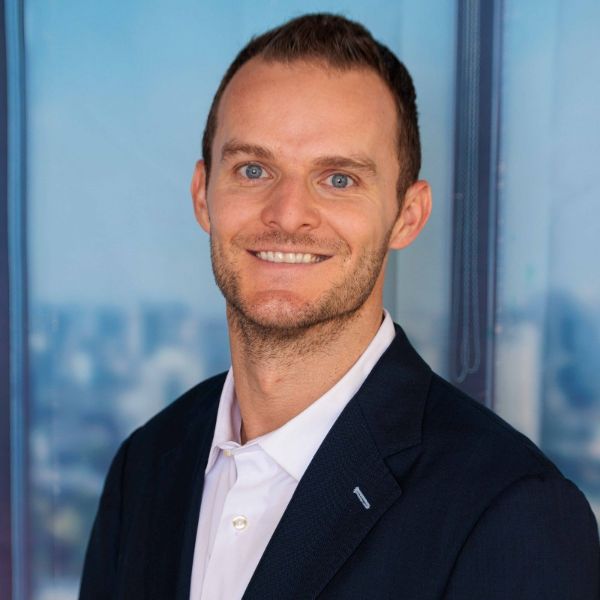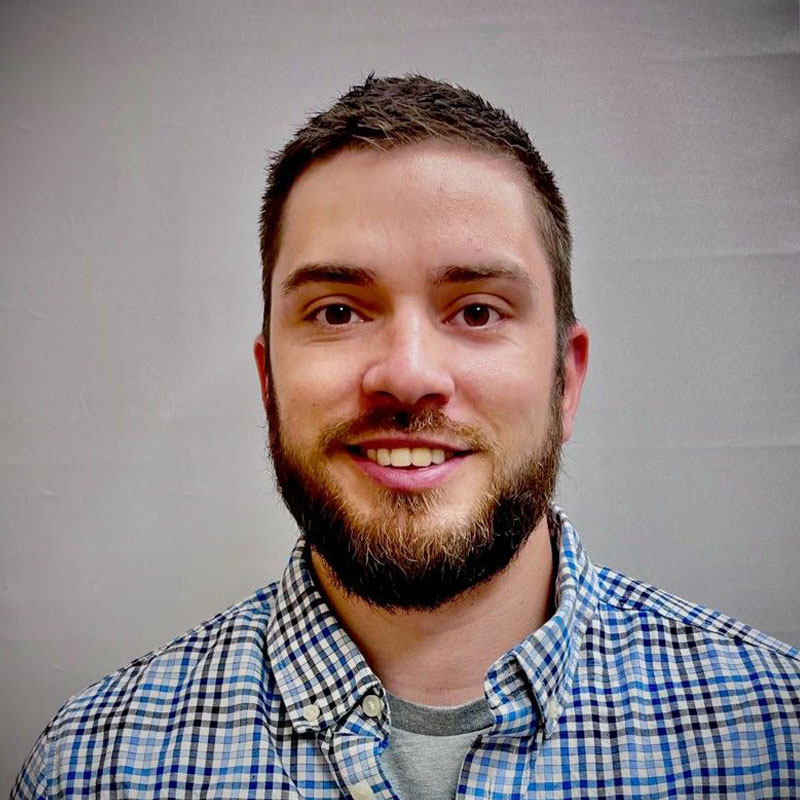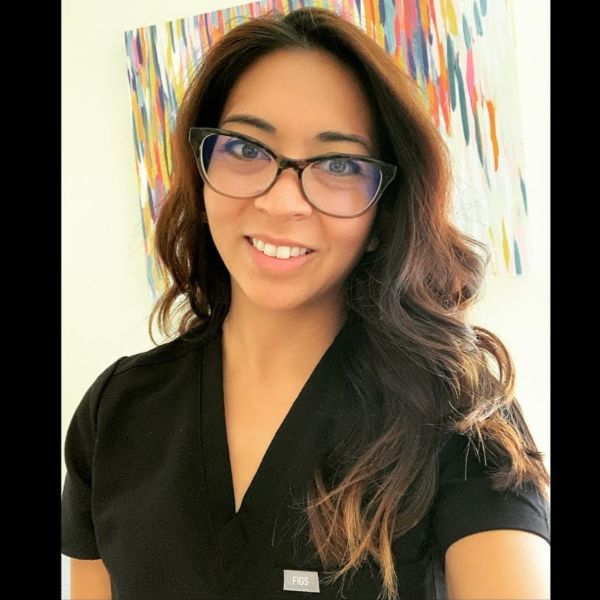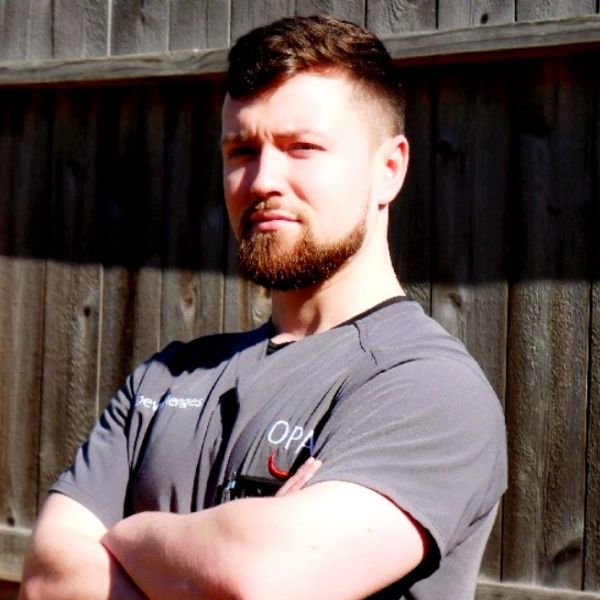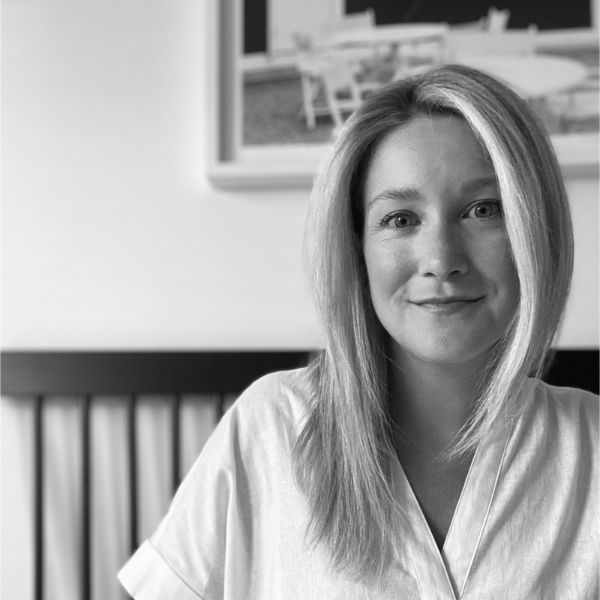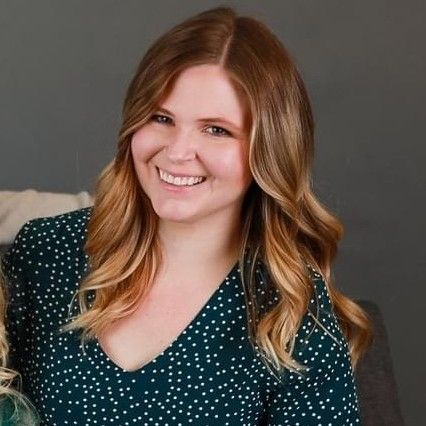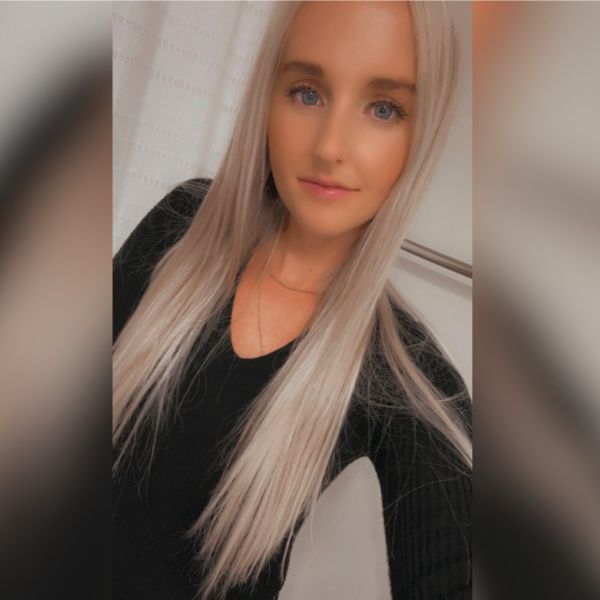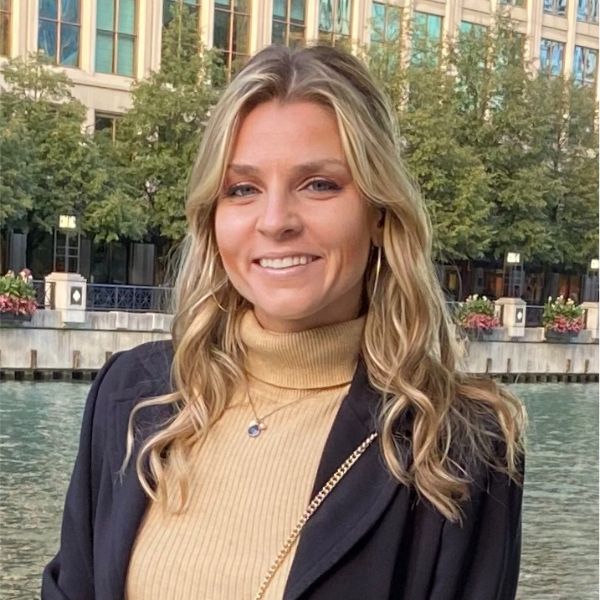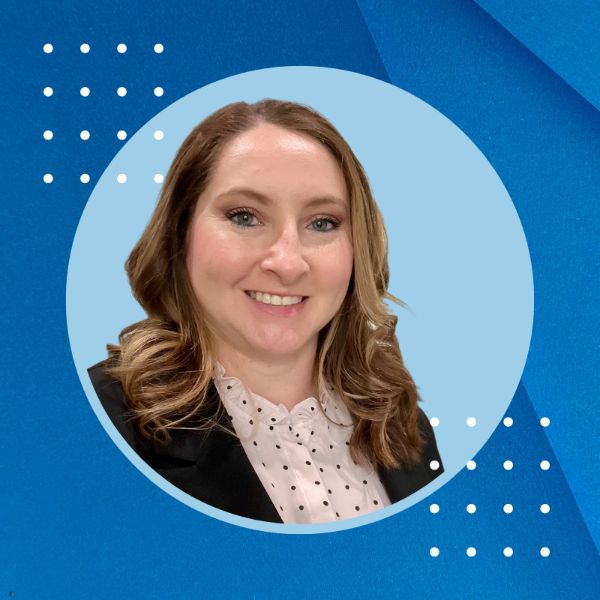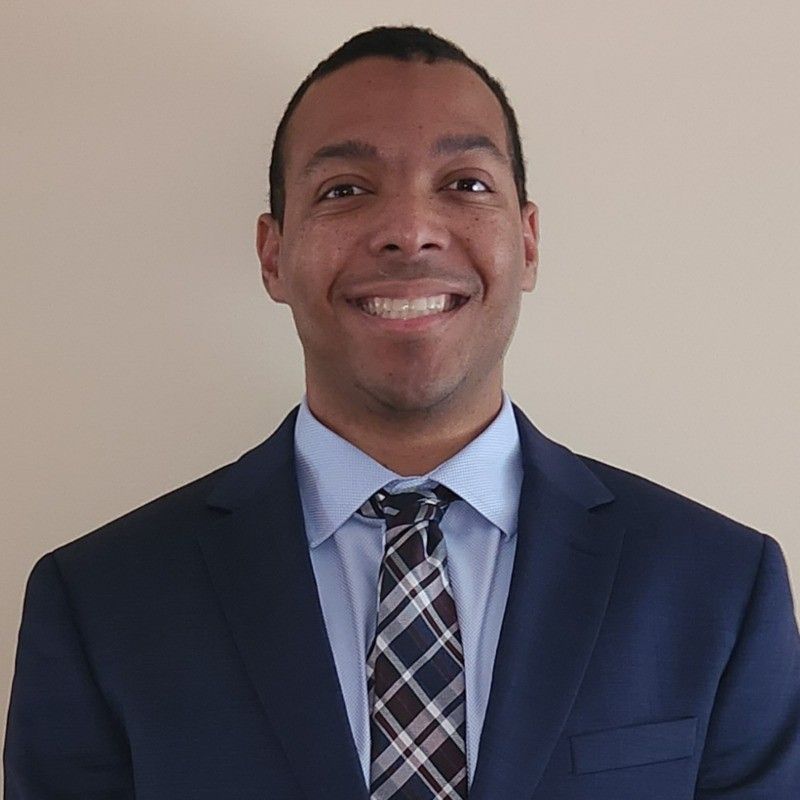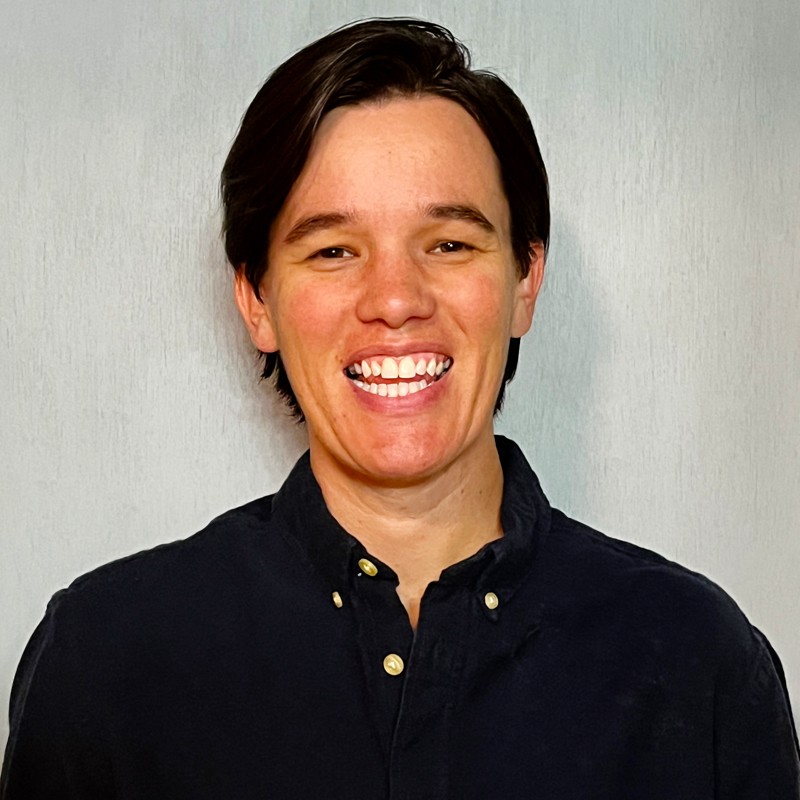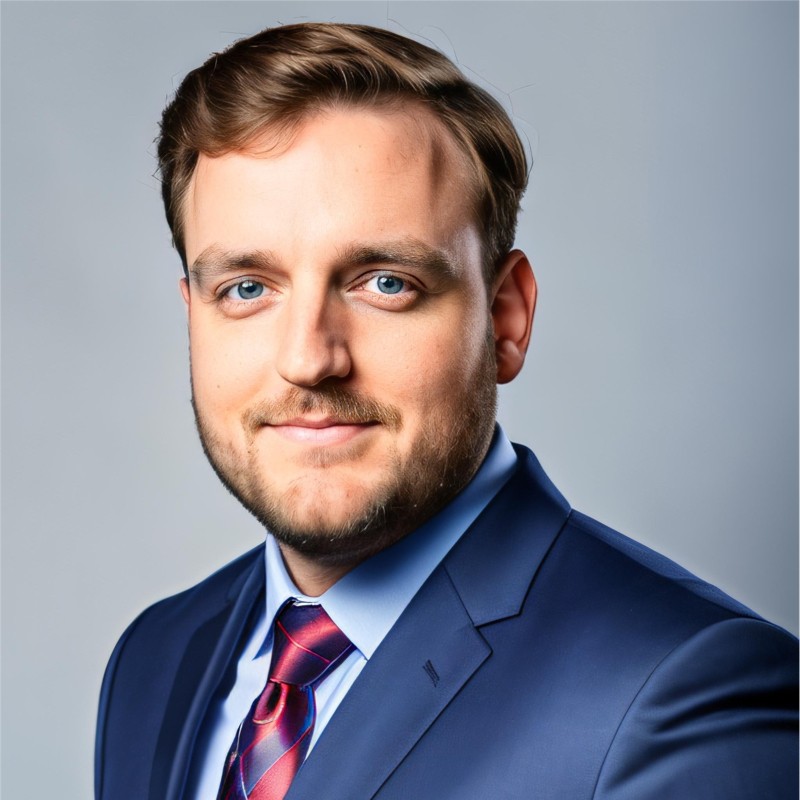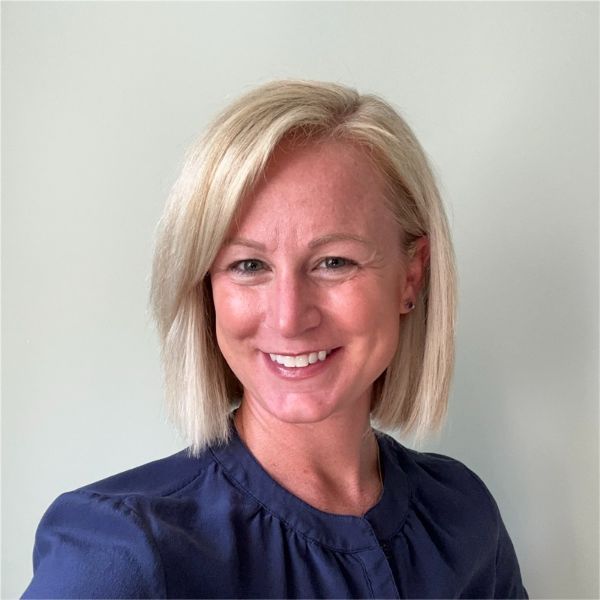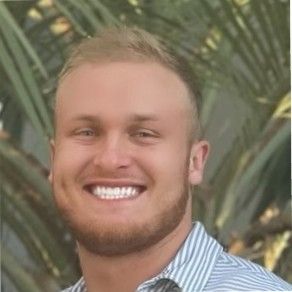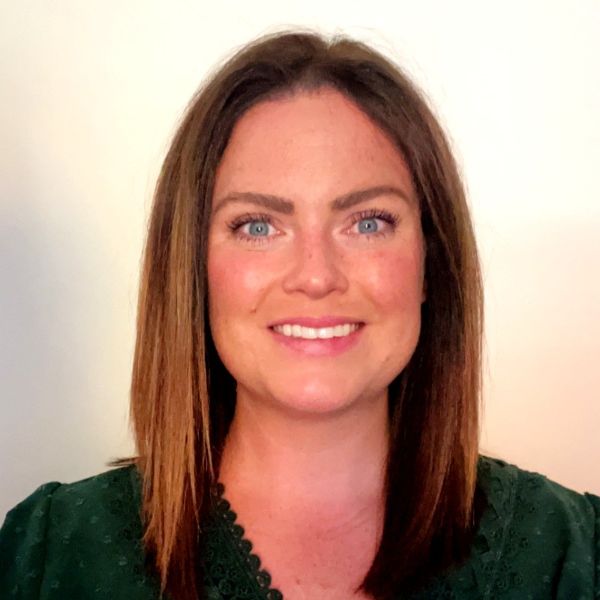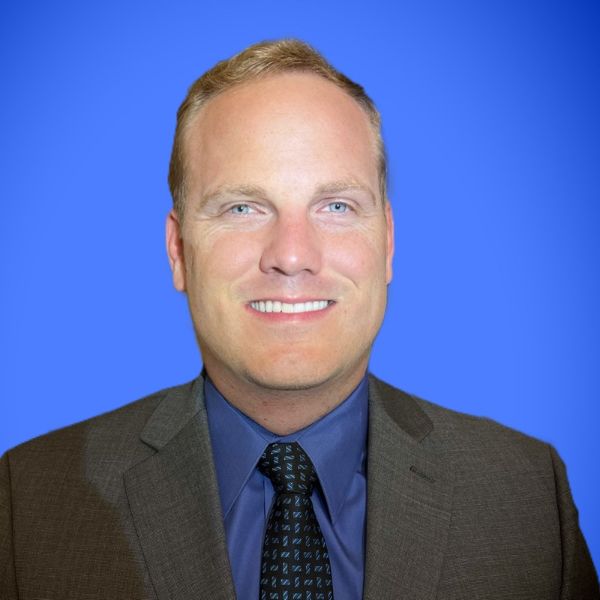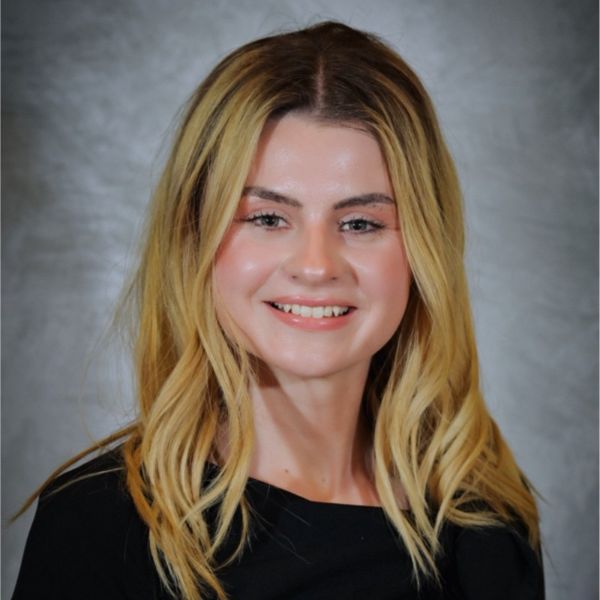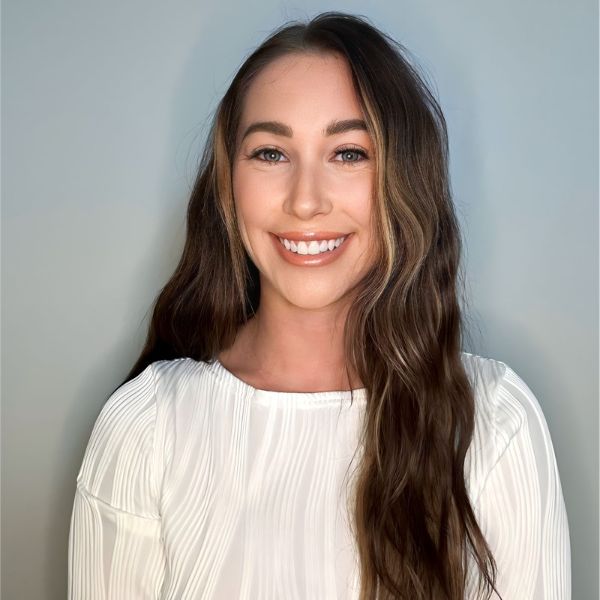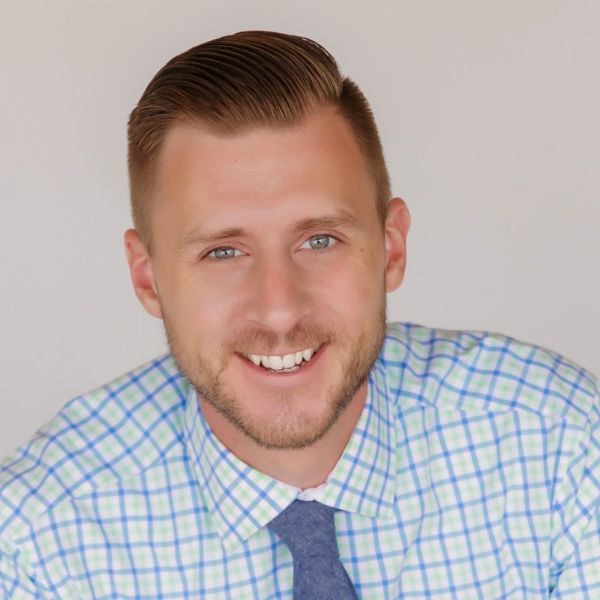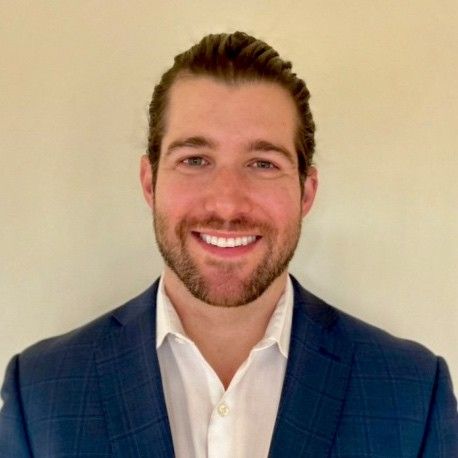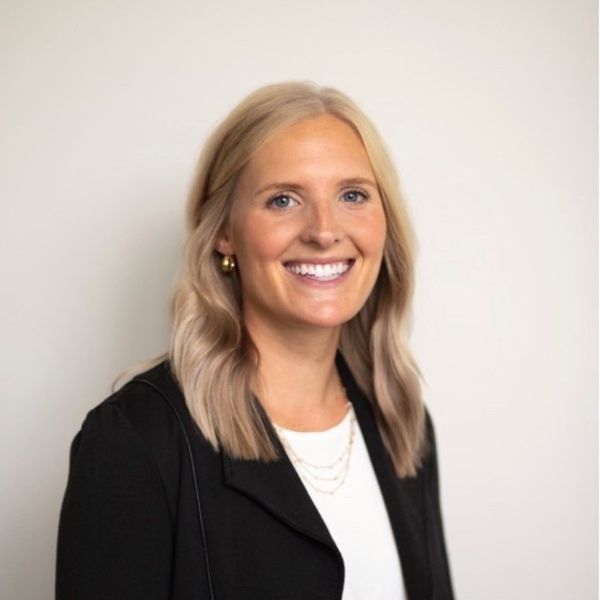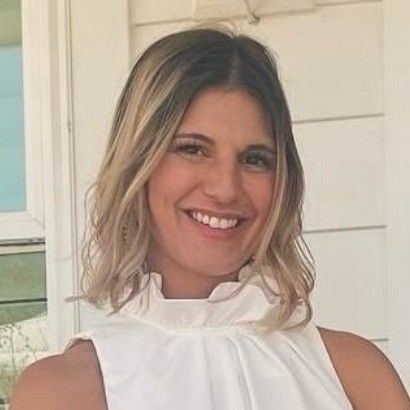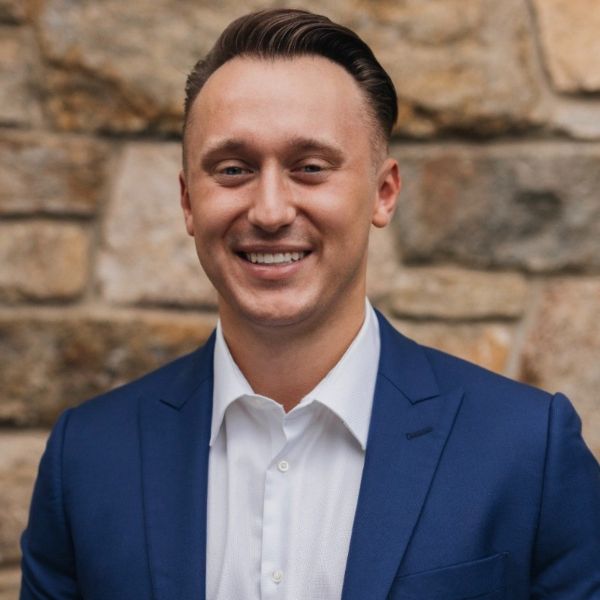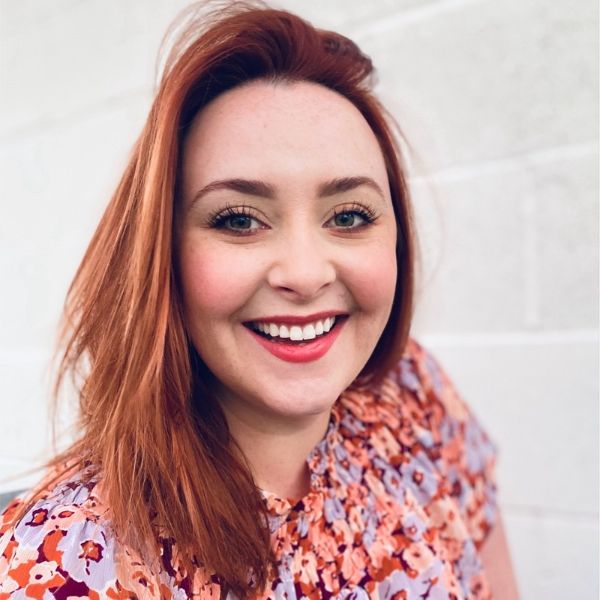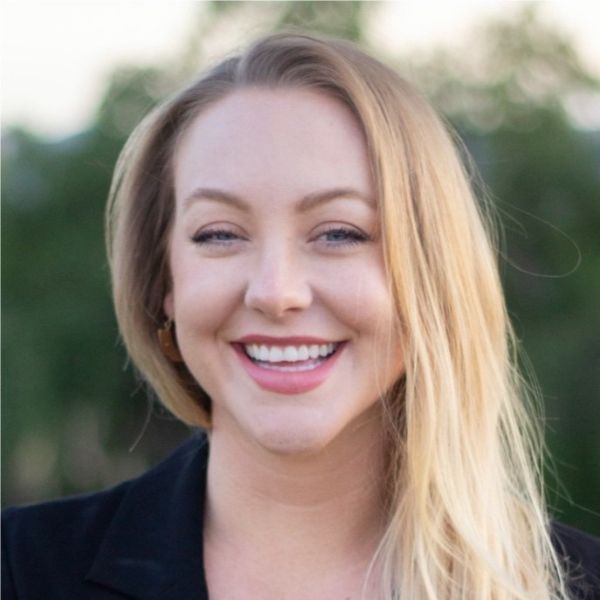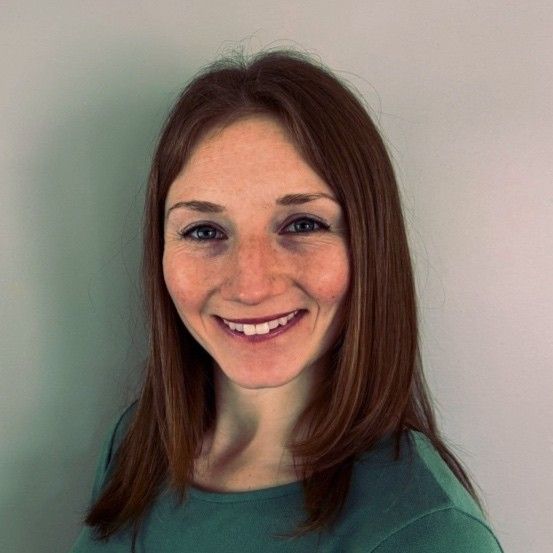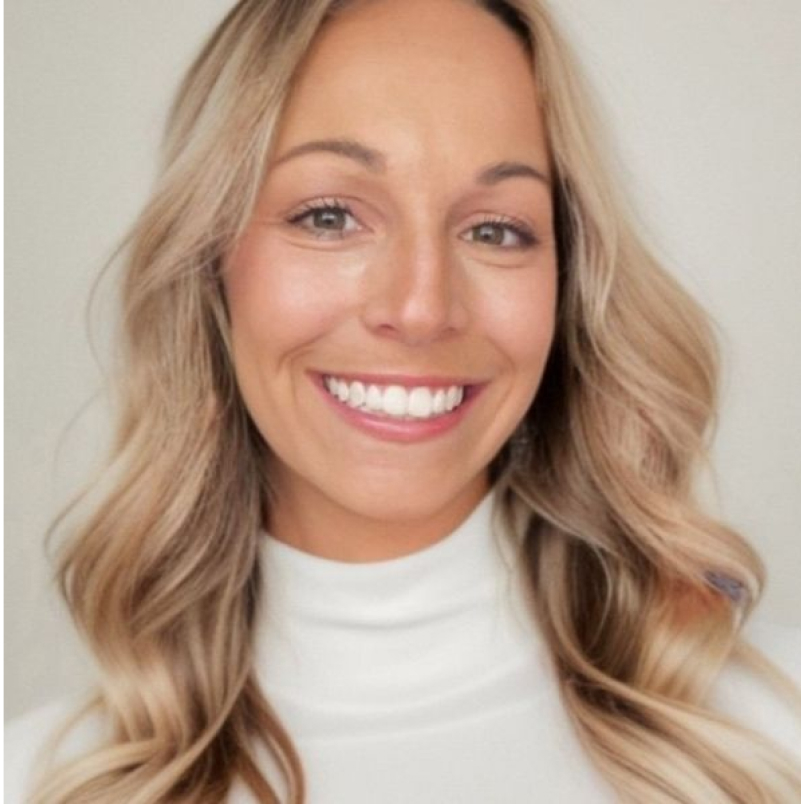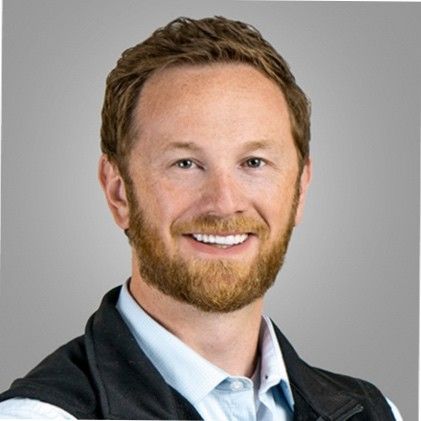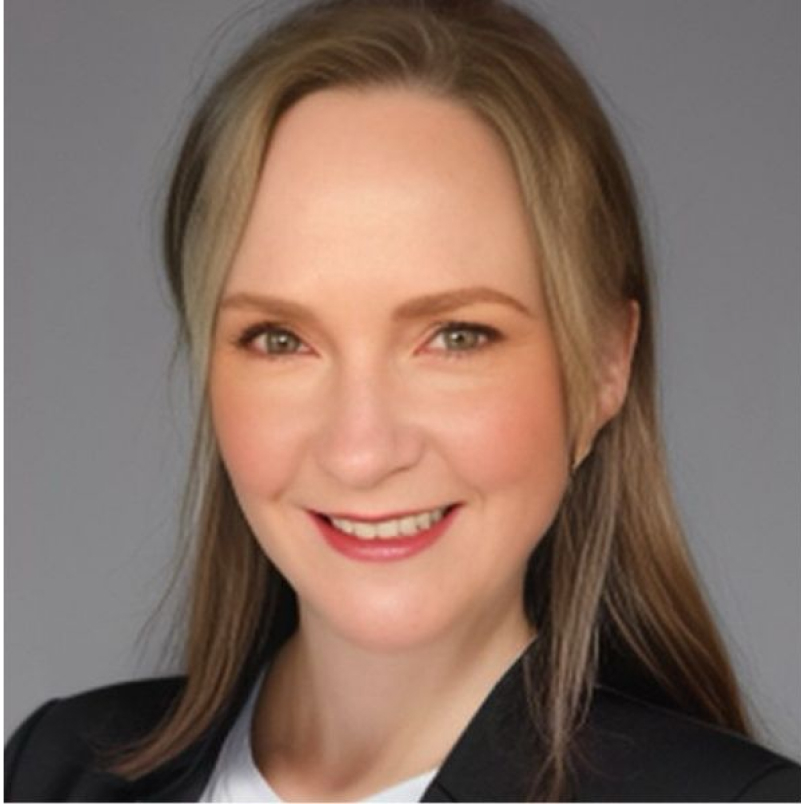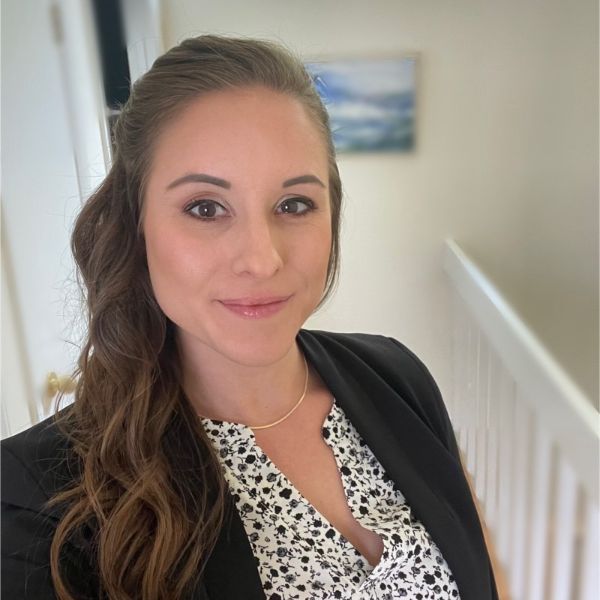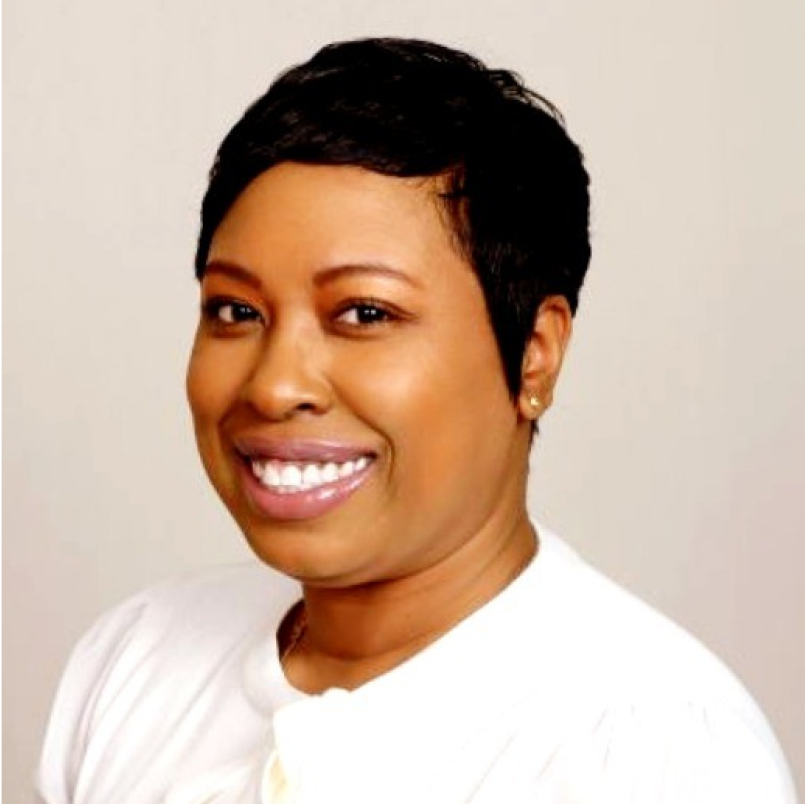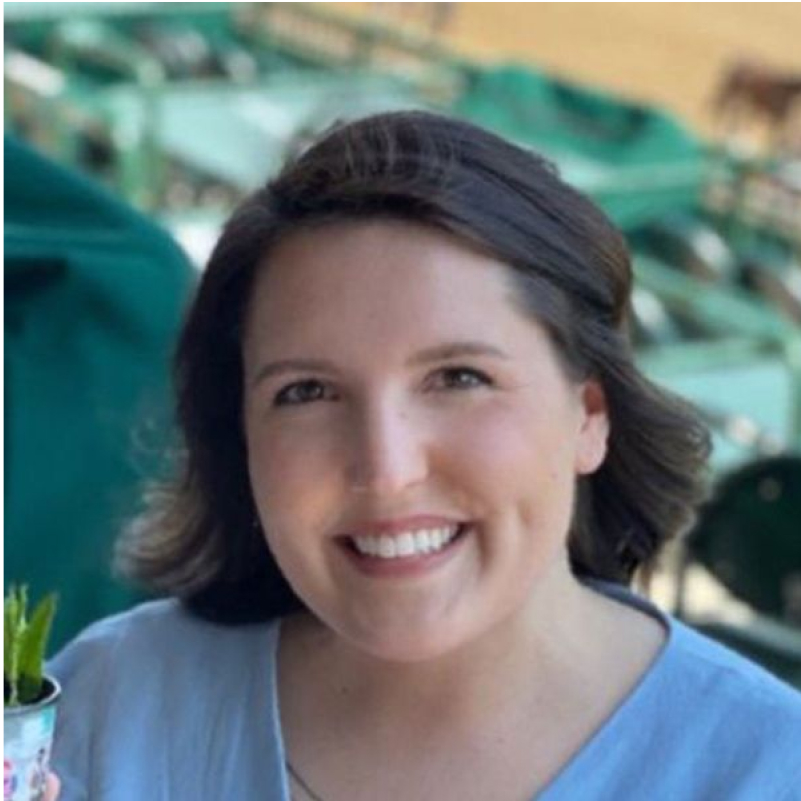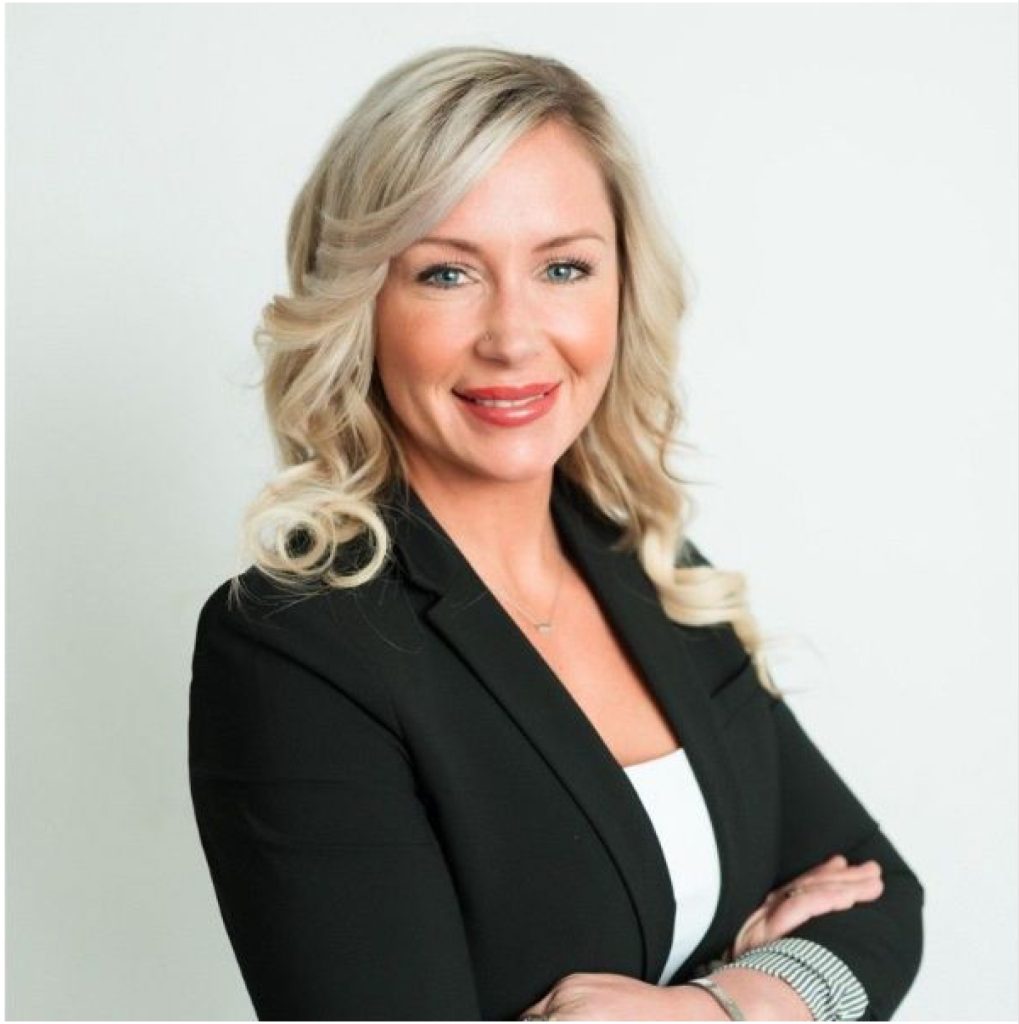OEM Sales is about creating solutions to win customers and making an impact, one deal at a time. In this episode, we have Sean Pitts from GCX corporation to uncover the ins and outs of OEM Sales. Sean breaks down the acronym, demystifying its meaning while sharing his transition from a lab manager to holding the role of Vice President of Global Sales and Marketing. Sean discusses the critical qualities that make an exceptional OEM sales representative. He highlights the importance of being proactive, money-motivated, and a skillful listener, shedding light on the secrets of his own achievements. Listen in to discover the untold stories of the OEM Sales industry and the extraordinary journey of Sean Pitts. Tune in now!
The CE experience for this Podcast is powered by CMEfy – click here to reflect and earn credits: https://earnc.me/69mt3w
—
Watch the episode here
Listen to the podcast here
What Is OEM Sales? With Sean Pitts
We have with us another special guest, and he goes by the name of Sean Pitts. If you ask, “What is OEM sales?” find that out. You’re going to have to read this. As always, we do our best to bring you innovative guests who are doing things a little bit differently in the medical sales space. I do hope you enjoy this interview.
—
Sean, how are we doing?
I’m good. How are you doing?
No complaints. Why don’t you tell the audience who you are and what you do?
My name is Sean Pitts. I am working in OEM sales for a healthcare solutions company that provides adjunct devices for medical device products on the market.
Let’s break that down a little bit. We have a lot of people reading who have no idea what that means, and they’re not familiar with the terminology. What exactly is OEM sales?
The OEM acronym is for Original Equipment Manufacturer. In this case, that refers to the medical device company themselves. We are a manufacturer of supporting components or devices, which we will get into, that support their medical device in the field. In the case of what we do, for your audiences who are either in the space or want to get into the space, these would be pretty famous customers like Stryker, Abbott, and Arthrex. Some of the major medical device companies that are out there work with us.
Let’s run with that example. Stryker makes a product, and then your company makes a complementary product to Stryker’s product. Where does the Stryker sales rep for that product interact with the sales rep for you? How does that work?
Generally speaking, the sales reps for Stryker would not engage with us. We would typically engage with Stryker’s engineering, product management, product development, marketing, or even their R&D teams. If we use an example, let’s call it device A. They decide to create a device. That device is going to have certain needs relative to us. It might be transportation. It might need to be on a cart. It might need to be something that allows it to be moved, bent, put over the patient, maneuvered through a hospital or a doctor’s office, or what have you to provide either additional functionality, transport, or whatever the case may be.
That will be very specific to the type of device and the application area where it’s going to be used. My sales team would engage with the medical device company in this case. For our example, Stryker. Generally speaking, the Stryker salespeople, to bring it full circle back to your initial question, would technically sell the device that we had manufactured for Stryker as a combination product with their device and ours as a complete solution.
Does your team train the sales reps for Stryker, or their training department will handle all of it?
It varies. It depends. If the solution that we’re providing is relatively simple and straightforward, they may provide that on their own. If it’s a little bit more complex and the sales rep is going to be demoing our product as a combination of their medical device product, then we can provide training as well. We generally do whatever the OEM or the medical device company.
This is a remote position then.
There are two ways this goes. The medical device companies have a pretty consistent development cycle in the space that they’re in. For another example, let’s say you’re an ultrasound company. You are a manufacturer of field ultrasound systems or even ultrasound systems in a hospital. You’re usually releasing a product every so often, maybe every 3, 5, or 7 years. There’s an end-of-life cycle. Once you’ve launched one, you’re already working on the next-gen.
Those teams that are doing that will sometimes organically engage. We may not be aware of that next-gen situation, or perhaps it’s a competitive situation or what have you. They may come to us, or maybe they keep it quiet. A lot of times, these are very confidential programs because their competition is so fierce. They will be quiet, and they will engage us quietly and privately. They want to talk to us about a program that we have to stay confidential about.
Alternatively, my guys are proactively going out to these organizations, talking about what’s available and new changes, and looking at market trends to say, “Here’s a way that you could approach this. It improves what you offer to the market.” We help them get to market in a speedier fashion, which often translates into many millions of dollars in revenue advantage for the medical device company.
Is there a specific field that you specialize in when it comes to the type of device that you’re supporting?
We’re the market leader in this space and have been for many years now. We’re well-established across all of them. From that perspective, our product mix is pretty well-diverse across all areas, whether it’s imaging, patient monitoring, patient interaction, patient education, endoscopy, or surgical navigation. It runs the gamut. It’s every medical device we can provide a solution for.

That is fantastic. I’m curious to know how many players are in this space. You are the market leader. Is it a crowded space? Is it like medical devices where there are so many companies per field?
It’s pretty competitive. It’s in the 20s to 50s. With the immersion of the Asia Pacific market and China always wanting to enter and copy in many ways, a lot of things are successful. There are a lot of new lower-tier entrances into the market that are trying to take on smaller projects or lower-cost things that some of the other established players don’t focus on. It has become congested.
From a complete solutions provider perspective, and by that I mean the solution, the design, the development, the high-quality engineering, the high-quality manufacturing, and all of the regulatory support that many of our customers are critically assigned to and regulated by being very understanding of that, operating within that, good manufacturing practices, good laboratory practices, and all of that, American-made in many cases, which is a new and big thing. A lot of medical device companies now are trying to move away from geopolitically challenged areas to improve their positions.
That’s fascinating. I have so many questions but let’s talk about that because that’s interesting. When did companies start to become more American–made specific?
Unfortunately, sometimes tragedies expose business continuity issues. COVID was part of it. In the case of Asia Pacific, the reality is many manufacturers leverage those areas for lots of reasons that aren’t part of this conversation but are there. In China, Taiwan, and the South China Sea area, as we all know, if we’re following the news, geopolitically, there’s a lot of stuff happening there that makes customers concerned about not only the business continuity but also the political position that it potentially sends if you are manufacturing there. There’s the optics that you condone what’s happening there.
Companies want to take a non-political or apolitical stance in those circumstances but the challenge many customers face is they love the idea, “Let’s re-onshore this manufacturing. It’s lovely,” but we all know one of the challenges is that manufacturing in the United States generally is expensive. The cost of labor is higher for many reasons. They tend to have to balance, “We’re probably not going to see cost improvement necessarily but we are going to see those optics. What does that do for our company from a political or marketing perspective?”
Would you say that in the short-term, you still have seen an increase in revenue with the focus being on all–American?
It’s a huge selling feature for us. No question, even if it’s partial. We were the first to be unique in that we have hybrid models. We have offshore ability to manufacture. We can even do a hybrid situation where, for the most part, it’s us that’s manufacturing it. Perhaps we get some components from a lower labor area or one of our outside-the-US-plants but it’s still a Made in America product. We build it, assemble it, ship it, and manufacture most of it or all of it from here. It depends on what the customer is looking for.
Out of pure curiosity, is the lower tier that you still decide to work with not customary, not China or Russia? Give us an idea of what countries they are.
We have an international presence. We have capabilities in Japan, Taiwan, the Netherlands, Europe, and America. Those are our directly owned locations or 95% of their manufacturing is for us even if we don’t own them necessarily. We also have what we would call our second-tier suppliers that might be all over the world. They could be anywhere as long as they can provide and we have audited a quality plant that meets our requirements and produces a quality product that’s equal to the standard that we produce ourselves.
This is an offshoot question too. China was the leader in this for a long time. Things have gotten a little interesting and strained when it comes to the geopolitical and the optics. Is Japan becoming a bigger and more important player, or is that not happening?
I don’t see that. They’re becoming, to a degree, larger in the customer space, but not so much on the manufacturing side. The Taiwan, Hong Kong, and some of the Southeast Asia Pacific manufacturing locations continue to have generally very high-quality tolerance, ability, manufacturing, rapid prototyping, and things like that, which are of tremendous import to our customers. It’s good. They understand the American and European requirements of the FDA and the EU. The ability for them to execute at a similar quality level without a ton of rework and a lot of other additional requirements from us is still high.
Let’s switch gears a little bit. Talk to us about the sales team. What type of sales reps do you have? Let me give you some context around that. What I’m asking is this. Can someone new to sales get on an OEM sales team, be trained, and be a thriving sales rep? Are you only looking for people who have experienced medical sales to some degree and who have been in the OR? Talk to us a little bit about what the sales team looks like and how you get into these sales specifically.
For my team with the customers that we’re calling on at the level, it would not be somebody who does not have sales experience or technical background, whether it’s somewhat related to biology, engineering, biomedical engineering, biomechanical engineering, or something along those lines. That’s primarily due to the fact that the call point here is relatively high. If it’s a mid-level or a C-tier medical device company, you’re potentially dealing directly with the CEOs, the vice presidents, and the chief technical officers. If it’s a tier-one multibillion-dollar or Stryker and you’re at the VP level, you’re talking to experienced high-level people who have an expectation of experience on our end to deliver what they’re looking for.
We would be looking for people who have some years of experience for sure. Direct-to-OR experience is not necessarily critical. It’s helpful because the devices that we support are going directly into the OR and the patient room but we aren’t selling those medical devices. It’s not as critical as it would be if you were doing OEM sales for catheters or interventional products where the actual device is what you’re building for somebody. It’s a little different. Realistically, if somebody has a few years of sales experience and has been progressing technically either on their own or through the products that they have been selling to that point, then we would be open to looking at someone like that.

With your customers, how is the landscape for this type of space? Is it, “We focus on the big players, the Medtronics, the Boston Scientifics, and the Strykers of the world?” Is it, “We do focus on the big players but we spend a lot of time with the startups and all these new companies.” These days, it seems like there’s a new medical device company every day. Where do you spend the majority of your time?
It has been changing quite a bit over the last few years. I’ll answer that in two ways. The general consensus in the sales space, and this would be relevant to most of your audiences, especially new people looking at sales, is the 80/20 rule, which many of you have already heard. Twenty percent of your time is on the other stuff and you want to spend 80% of your time where your revenue is coming from.
In that particular case, my team does focus the majority of their time on where the revenue is primarily coming from. Depending on their territory, that may be 10 accounts, 20 accounts, 5 accounts, or what have you. That changes as revenue and projects increase because this is a project-based market as opposed to a recurring revenue sales market. Anywhere from 50% to 80% of their time is going to be spent expanding, growing, deepening, and widening the situation with their primary accounts, which are generally those larger customers.
To your point, new medical device companies are popping up all the time. One of the things that has been a huge shift over the last decade in this space has been that most of these medical device companies are tending to farm out wherever possible R&D because the cost for R&D is so incredibly high. They will make very big decisions about what they want to maintain and invest in internally versus what they’re going to allow to go out to a design and development firm, a contract manufacturer, or even an outside supplier partner like myself.
As a function of that, we have to behave in a way that is very cognizant of that. We do work a lot with new companies that are getting started because at the end of the day, what we find is most of those new guys who are coming along generally are going to be acquired, or their goal is to be acquired or to license that product into one of the larger companies. You can follow the breadcrumbs there. If we’re the manufacturer for them at that point, it’s likely that the medical device company, when they acquire them or license it, will maintain the continuity of that manufacturer. We would then carry on.
As we discuss more about the OEM space, it sounds like a sales rep can have a field day with opportunities because so much is happening in the med sales space, and there are so many ways you can service your customers. Is that the case?
There are a number of things but probably one of the most attractive things about this type of sales is that you are never selling the same thing. Every application or device you’re talking to is different. In one day, you could be talking to a company about a surgical navigation product and a program. In one place, you could be talking about a heart implant device program. On another day, you could be talking about a fetal monitoring program, patient monitoring, telemedicine, or patient integration. It’s all in a day’s work with your different accounts. You don’t have to keep grinding the same product over and over.
The mix is good. As a result, it’s the people who you’re talking to, the level of technicality that you get into, and the passion you get to deal with these people who are developing this stuff. For many of these people, this is their legacy. They have developed a new technology. It’s going to market to save lives. This is their thing. This is what they’re going to hang their career hat on, and you get to be involved and help them bring that to a reality. It’s super cool. There’s a lot of fun to be had doing this.
Where do your reps come from? Are they previous med device reps? Are they people who are in a completely different industry, and they’re trying to make a switch? Are they engineers? Are they other kind of technicians? Talk to us a little bit about that.
My team is relatively small. One is an engineer who came into sales. Another one was not in sales, and this was his first opportunity. He worked his way up. It was a family-owned and operated company that started years ago. We’re acquired by private equity. A number of people have exceptional tenure here. It’s fascinating that people have been here for as long as they have. I do have a guy on my team who came into the company and predates me who came in from the financial services industry but had connections with the company as well. It’s varied. I have a true sales guy. It’s an interesting and diverse mix.
We’re here to know about Sean Pitts. Let’s go back down memory lane. Take us back to college. Tell us your dream for Sean, “One day, I’m going to be the director of sales.” Did we have a completely different ambition?
It’s fair to say that sales was not my goal. I had some very high-level business parents.
I’m not letting you get away with that. High–level business parents mean what?
This is going back away. It’s the vice president of HR in the semiconductor industry doing extremely well. Another guy ran semiconductor fabrication plants. These are people who were high-level on the business side, and I was very much into the science side. I wanted to study biology. Ultimately, I wanted to go to med school. That was the plan. I went through college and did what I needed to do, for the most part, to be prepared for pre-med. I loved all the biology classes, physiology, and all that stuff. I interned at a couple of hospitals in the neurology department to see what life would be like down the road.
Eventually, that wasn’t going to work out for a number of reasons. I was like, “I can deal with that. I still want to be somehow attached to science, whether it’s working with patients, science, or doctors. I want to be in that space. That had to be where I was going.” I decided I was going to go to grad school. To do that, improve grades, and all that other stuff, I decided to do some work at a pharmaceutical company in a lab and get some practical laboratory experience. I worked at a now-defunct pharmaceutical company in San Diego and did benchtop research in a couple of different pharmacology models for two years. That led to sales, strangely enough. That’s where it happened. For those of you who work in a lab, the sales reps come in. A lot of times, the scientific folks don’t want to deal with the sales reps.
I started in the lab too.
Everybody would scatter. I was the guy who was like, “If you want to ask for discounts and we want to get special deals, you have to give the guy the time. He’s trying to help us out.” I was the one. As a function of building those relationships as a lab manager for our group and stuff like that, I eventually befriended a number of different reps and a couple of them were like, “What are you doing in here? You need to get outside. You could travel, set your schedule, and decide how much money you make. You don’t have to wait for your 3% a year and all that stuff.” It sounded super attractive as a young guy. I was 23 at that time.
[bctt tweet=”If you’re a scientific person and you want to ask for discounts or special deals from sales reps, the you have to give the guy the time. He’s trying to help you out. ” via=”no”]
You’re jumping at that.
I was like, “This sounds great.” One of the guys was like, “Give me your resume. I’m going to talk to my boss. We’re looking to add a guy. You can even try it for 4 weeks or 8 weeks and see what happens.” I did and the bug bit. I’ve been progressively doing that ever since. It has been almost 30 years since then.
Time flies.
It’s pretty crazy.
I have a couple of questions. Let’s go back. I want to stay there. You don’t have to get into the details. What was one of the primary reasons that made you say, “I don’t want to go with the physician track. I’m going to go a different track.”
At that time, some family things were going on. Given the amount of time and money that was going to take to do, the reality of that settled in back then. It was like, “I don’t know if that’s within the realm of possibility.”
That makes a lot of sense. As a lab manager, as you’re building this relationship, and as it keeps you on the other side, did you have your eye on a space? Did you apply to many places? Did somebody pull you in and you took the first opportunity that was presented? Give us a little bit more about how that happened.
As far as getting into the lab itself?
Leaving the lab and going into a sales role.
I had zero intention of doing that. None at all. I was happy with the work as far as the pharmacological models that I was responsible for, producing the data for, submitting my papers, and all that stuff at that time. I was thoroughly enjoying that. It was intellectually stimulating. It was super challenging. I was using all I knew about biology, physiology, and pharmacology. It was great but then as I built those relationships, they had come to me about it a couple of different times. It’s like, “I’m not a sales guy. It’s not my thing.” It’s like going to the dark side. It’s academia going commercial. I’m not doing that.
I had a little bit of a falling out in the sense that it was annual review time. This particular group was busy. There were a couple of people who were more educated. At that time, I just had a BA. There were some people in there who had their Master’s or were PhD candidates. I was producing way more data and doing way more stuff. I ended up starting to become a little disenfranchised, “Here’s your raise. Thank you very much.” Meanwhile, someone else got more. Sales guys are in my ear and they’re like, “Do you know how much money you can get? Do you know how much I’m going to make on whatever I sent you? $100.” I’m like, “$100 for that one box? I’ll listen to you now.”
It doesn’t get any clearer than that. I love that. That makes so much sense. It was a natural progression. You moved pretty quickly up certain ranks, and you got a lot of leadership experience but your longest stint was with TriFoil Imaging. If you can talk about that, what put you in that position? That’s number one. What did you learn from that position? Why did you leave? What did you learn from that position that you were able to take to your next one?
I started pretty much at the bottom. I started in lab sales. I was the guy back in the day when you could do this openly. I was walking the halls at the NIH or even biotech companies when you could have an appointment with one person, and then you were the guy. You got to walk the halls and sell tips, tubes, gloves, centrifuges, and all that stuff. I ground that out and did that. My goal the entire time was, “I want to get as close to the patient and the doctor as high up as I can.” I felt that the value there would be in selling something that mattered more and was more complex.
Intellectually, I always wanted to be stimulated. I could get bored easily. Tips, tubes, gloves, consumables, and reagents are very cool. It just wasn’t something that grabbed me. As I got into equipment and more technical things, I got into imaging. Initially, it was fluorometric imaging, cytometry imaging, cell imaging, and things like that. Eventually, it got to anatomical imaging, whether it was ultrasound, SPECT, PET, CT, or what have you. I spent almost twenty years in that space.
Focusing on more complex and challenging equipment and even new technology, bringing something new, and taking risks was the other thing that was big to me. I was young. I could deal with, “It’s a startup. Maybe it’s looking a little sketchy. They’re not super well-funded but I can do it. They want to launch this new product.” I saw the value in it. I felt like I knew how to speak to it. I felt like I knew who would want to see it. I pushed it. That was a big thing. Over time, I was very successful in doing that. I was able to repeat that success.
TriFoil, which had previously been a company called Bioscan, was acquired and merged. I was the top 1, 2, or 3, at the worst depending on the year, sales rep. Over time, I got the responsibility to try to launch products for them internationally. When I did that, that afforded me the opportunity to establish and develop the ability to figure out how to do international distribution management and to find distributors in those countries, train them, bring them up, and teach them how to sell this stuff. As that was further successful, it afforded me to move up the ranks with more responsibility. That’s how I ended up as the head of sales and marketing for them at a certain point.
There were a number of things there. Most often, what happened is the company was acquired multiple times. The business model was changed. Product rationalization happened. That didn’t make a whole lot of sense. There were a number of creative differences that didn’t seem to make sense. As most salespeople know, if you’re good at what you do, you’re always marketable and you’re always making sure that you’re marketable. If you have a track record of success, you’re generally being asked to do what you do elsewhere because everybody could use the help.
[bctt tweet=”If you’re good at what you do, you’re always marketable and you’re always making sure that you’re marketable. ” via=”no”]
The opportunities did afford themselves for that. That’s why I left. They’re still in business. They have a great product. It’s called the InSyTe FLECT/CT. It’s a very novel technology. It’s super cool. I stayed in that space for a while and then sold everything. I wanted to move closer to the patients. We only got so far so I wanted to move into direct medical device manufacturing so that I was directly impacting exactly what happened to the patient.
Ultimately, it led you here. Switching gears, how do you make this all work? Do you have a family? Do you have kids? How do you balance all this success with a social life?
That has developed as well over time. I do have kids. My kids are older now. I have a twenty-year-old who’s finishing up college. I have a 29-year-old. He’s off doing his thing. He’s in marketing. He lives in Denver. It’s just my wife and I. We have been married for decades.
The twenty-year–old left the house.
She’s at Colorado State doing her thing. She’s home now to finish off summer but she will go back and finish up.
You are empty nesters then.
We got a little taste of that for a little bit, and then summer vacation came.
Parties every day or what?
I wish. I’m pretty busy with this job. Travel can be busy at times. It’s not too bad now but it’s an adjustment period. We’re getting to know each other again.
That’s beautiful. Let’s talk about travel quickly. This is a remote position. You’re in sales. I’m assuming everybody works from home, including you. Are you traveling to demonstrations for products? Are you traveling to medical device seminars and things like that or something else?
My role is pretty diverse. I break it down into two things. I have my team’s requirements or demands of me. I run that in a couple of different ways. I have an open-door policy with my team. If they need me for anything, I’ll travel to them or with them wherever they need to go. If there’s a challenging customer or some issue and they want my support or they want me to be there, then I’ll travel. I would call that team travel.
We also have our quarterly meetings. Depending on how we’re doing any given quarter, it might be more of a fun meeting where we do it at some great location. We bring in training and have a meeting in that regard. I have my corporate stuff. If I have board meetings or meetings with my boss to go over things at our corporate headquarters or different manufacturing facilities and then conferences that are relevant to our market, I’ll attend those. I don’t attend all of them but I do go to some of the larger ones for sure.
With the travel that your team does, how often are they required to go to a company, speak with an engineer, and look at the actual product? Does that ever happen? Is everything pretty much virtual?
It happens a lot. COVID changed the world in a lot of ways. Pre-COVID, it was very typical to have a requirement to travel if you weren’t traveling 30% overnight or 50% depending on the role, location, geography, or what have you. COVID changed a lot of that in a lot of ways. Companies were closed and wouldn’t allow visitors, and that took quite some time to come back.
We also learned pleasantly. I’m a big proponent of virtual meetings. The tools are there for you to look someone in the eye, be able to articulate your capabilities and value proposition, read some body language, and make an effective connection. It’s never the same as in person but it’s much better than it used to be. There’s not necessarily a reason to travel for travel’s sake but it’s improving. Most of our customers can’t be 100% remote because a lot of them are engineers. They do need to collaborate, go in, and grab a device.

They need to put their hands on it.
They have to put Legos together, snap things together, figure out what works, and test things. It’s great when we can be there to be that collaborative partner with them. That’s picking up but I do not have a hard and fast rule. If a territory is struggling with not enough opportunities coming in, or the revenue is down, I’ll look at T&E or Travel and Expense budget and go, “What’s going on? I don’t see that you’re traveling. Let’s talk through that. Let’s go on. Are you running into some roadblocks? Why aren’t things happening?”
COVID normalized virtual meetings. They were always there but COVID made it very much a thing for everybody to utilize and made it a normal thing for everybody to continue to utilize. That’s where we are, and we should be here. We’re living in the future. These are the dreams that we had when we were kids of what the future was going to look like. We are here. We are in it. It’s very true. Let’s talk about this, and then we will bring things to a close pretty soon here. Give us the three qualities of a high–performing rep in this space has to have.
First and foremost is a proactive drive to win. You know what the task is. That’s inherent. It’s implied. You need to move our products and create solutions that solve customers’ problems. You have to be somebody who wants to wake up in the morning and do that for somebody.
You can’t wait to win.
You have to win. A lot of sales managers don’t necessarily like to hear this but you need to be money-motivated. In my opinion, on my team, if you aren’t somebody who’s driven by money and wants to make as much as you are humanly possibly capable of making under a compensation program, I don’t want you on my team. None of us work for free.
You’re not on Sean’s team.
If they want to go into the medical device space, they have all heard the stories, “I was the gastro rep for whatever. My buddy does $1.5 million. I want to make that money.” Money is a motivation for sure. This is very cliché but it’s super important. You have to be somebody who listens and can process the information and turn it into an actionable response. A combination of that is there. Many people don’t follow up.
Many people talk, leave, and go, “That was a great call.” I’ll be like, “What did you get? Where are we going after this? What’s the action item? What’s the objective? When is he calling you? When are you calling him? When is the next meeting? What’s the pre-call plan?” Some of that needs to be trained but if you’re money-motivated, you love to win. You can ask questions, listen, and turn it into action. Anything else, you can be taught. It’s specific to what you’re doing.
[bctt tweet=”If you’re money motivated, you love to win and you can ask questions, listen, and turn it into an action. Anything else, you can be taught. ” via=”no”]
Write that down. That was good. Let me ask you this. What is the range of earnings for an OEM sales rep?
There is such a range of things you can do in this space. I’m on the adjunct, a critical device for the device. I’ve also been in the contract manufacturing OEM space where I’m making the business end of the device but realistically, depending on your qualifications, it’s probably anywhere from low $200,000 to $400,000 a year depending on your territory, what you’re doing, and where you’re selling.
It’s an awesome role to have. We’re going to do two more things. Number one, I want you to give us your regimen. Are you waking up at 6:00, 5:00, or later? What are you doing? Give us the regimen for the day for you. How does that look?
It’s partly dependent on when my first meeting or call is on that given day. I’m always up at least two hours before that. If I’ve got an 8:00 AM, I’m up at 6:00. If I’ve got a 10:00, I’m up at 8:00. The beginning of the day is usually a quiet period. I’m reviewing everything from the previous day and what I have to accomplish this day. I break it down into two things. I have my corporate requirements of me, and then I have my team requirements of me. I focus on that. That’s a quiet time. I’m not answering texts. That’s my time prepping for meetings or what have you, and then my day starts.
During the day, I have another hour or two-hour window that’s blocked as busy. My team knows I’m not busy but it’s blocked. It’s isolated time to work on anything with them, and there’s always something like join this customer. How do I navigate this deal? Look at this contract. That’s generally it. When I wrap the day out, for me, it’s pretty typical to go until 6:00 or 7:00. I have a national role. My role is not global. I don’t have too many odd things going on outside of 7:00 in the morning and 7:00 at night. I’ll wrap for about half an hour or 45 minutes on what was left open and reprioritize for the next day.
Thank you for that, Sean. Last but not least is our lightning round. I’m going to ask you four questions. You have less than ten seconds to answer. First question, what is the best book you’ve read in the last few months?
I’m probably rehashing How to Win Friends and Influence People. I always refer to that one.
That’s a classic.
It had been years.
I like it. What’s the best movie or TV show you’ve seen in the last few months?
It’s probably Ted Lasso.
I still haven’t seen it but everybody is talking about it.
There is another one. I don’t know how your audiences feel. There’s the Queer Eye: More Than a Makeover show. It’s a reality show that my wife turned me on. It’s the Fab 5. They go and help somebody who needs to get their life in order in all areas.
Is it just appearance?
It’s their whole life, career, appearance, home, and personal relationships. The five guys are all focused on all these things and they’re incredibly heartwarming. They’re incredibly well done. You root for the person, “Go, person. You’re going to kill it now.” It has been good to sit and watch those with my wife. That would be another one.
I might have to write it down. That’s hilarious.
It’s a cool show. I would have never watched it on my own.
What’s the best meal you’ve had in the last few months? What’s the item and restaurant?
Here in Temecula, we have a Chinese restaurant that I love called Chef K. I have their house spicy basil chicken. That’s incredible. I’ve been all over the world. I’ve had Chinese food in a lot of places. It’s not on par but it’s close.
I’m sold. Last but not least, what’s the best experience you’ve had in the last few months?
I have two things in my personal life that are big to me. I’m a big snowboarder. I love having my son living in Denver and my daughter going to Colorado State University.
You’re going to be on the slopes.
I had no influence on any of that. My daughter, my son, and I this winter at Breckenridge had a phenomenal week together. We went multiple times but there’s one in particular. My wife doesn’t snowboard but we went. The weather was amazing. Having a completely in-the-moment moment with them was sheer joy. I was having a blast. It’s one of the most beautiful places on Earth. It was great. We had lots of great pictures and fun.
I’m in a band. It’s one of my creative outlets. I’m in a high-stress environment. I have a band that I front. We’re a local rock and roll cover band here in the Temecula area. We have started heavily gigging. We have had a number of large gigs. We have a big one. We’re getting in front of 500 to 600 people, rocking out, and having the crowd go crazy. I can’t describe how amazing that is.
How big are these crowds?
They vary. We have a couple of places. We have been playing regularly. It’s maybe 200 to 500.
That’s significant. That’s a crowd.
The one is supposed to be around that. It has been fun. It’s a great creative outlet. I love it.
What’s the name of the band?
It’s My Dad’s Band like my dad owns this band. We thought it would be funny to have people request us and go, “My Dad’s Band is playing that.” “Your dad has a band?”
What kind of music?
It’s anywhere from the ‘80s to 2010 rock and roll. We’re playing Billy Idol and The Cult.
Is it all covers? Do you have your own stuff too?
It’s all covers. We’re having fun with covers.
Can we find you on Spotify?
No. If I put our stuff up, it immediately gets pulled down for copyright.
We will keep an ear out for My Dad’s Band.
We’re online.
How else can people find you, Sean?
You can find me on LinkedIn. My name is Sean Pitts. LinkedIn used to have the ability to be a mentor for people. I actively do it now. I’ve helped people get jobs, negotiate positions, and work through it. Hit me up. I’m happy to help if you’re looking to break in.
Sean, it was fantastic having you on the show.
I appreciate the opportunity.
I can’t wait to see the wonderful things you’re going to be continuing to do.
Thank you so much.
—
What I enjoyed about this episode is another example of how dynamic the medical sales industry is. Everyone has heard of the traditional pathways in medical sales, and it’s cool to get a guest on the show who has a bit of a different spin to it all. Some of you might have been thinking to yourselves, “One day, I want to do what Sean Pitts is doing. I want to be on Sean Pitts’ team,” but you’re not even sure where to start. You might be thinking to yourselves, “I want to be in medical sales. I want to be in healthcare sales. I want to do something that impacts patients’ lives. I want to do something that’s going to reward me with the income I believe I deserve for the hard work I put out.” You’re asking yourself, “How do I do something that is going to set me up with an entire career?”
You’ve read this episode. If you’ve read any other episode, then you already know what I’m going to say, and if you haven’t, here it is. We have a company called Evolve Your Success that specializes in making sure you, the audience who wants to be in healthcare sales, get into healthcare sales within a pathway that suits you. A lot of people don’t even know where to start. A lot of people have heard different things and thought, “Medical sales is too much because I have to work all the time.”
Here’s the one I hear a lot, “They travel all the time. Medical sales are too much because of the long working hours.” The reality is that’s only so true depending on the field. There are fields in medical sales where you will be working all hours if you want like trauma, and even then, there’s a lifestyle there that can appease the lifestyle you want. There are positions that will have you only working between 8:00 and 5:00. Everything is out there when it comes to the medical sales industry.
I’m talking about all healthcare sales in general, pharmaceutical, medical device, supply, testing, diagnostic, and capital sales. You name it. If this is what you want, then stop wondering. Stop wishing. Keep reading. Let’s take action. Let’s go to EvolveYourSuccess.com, fill out an application, have you talking to one of our account executives, and get you to exactly where you want to be. As always, we do our best to bring you innovative guests who are doing things differently in the medical sales space. Make sure you tune in next time for another episode.
Important Links
About Sean Pitts
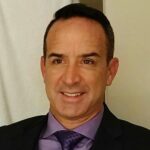
Sean Pitts is a Director of OEM Sales for GCX Corporation, a healthcare solutions company that provides adjunct devices for medical device products in the market.
He has extensive experience increasing revenue, improving margins, developing creative go-to-market strategies and creating delighted customers whether a sole contributor or when building high performance global sales, marketing, and channel teams.
Love the show? Subscribe, rate, review, and share!
Join the Medical Sales Podcast Community today:
